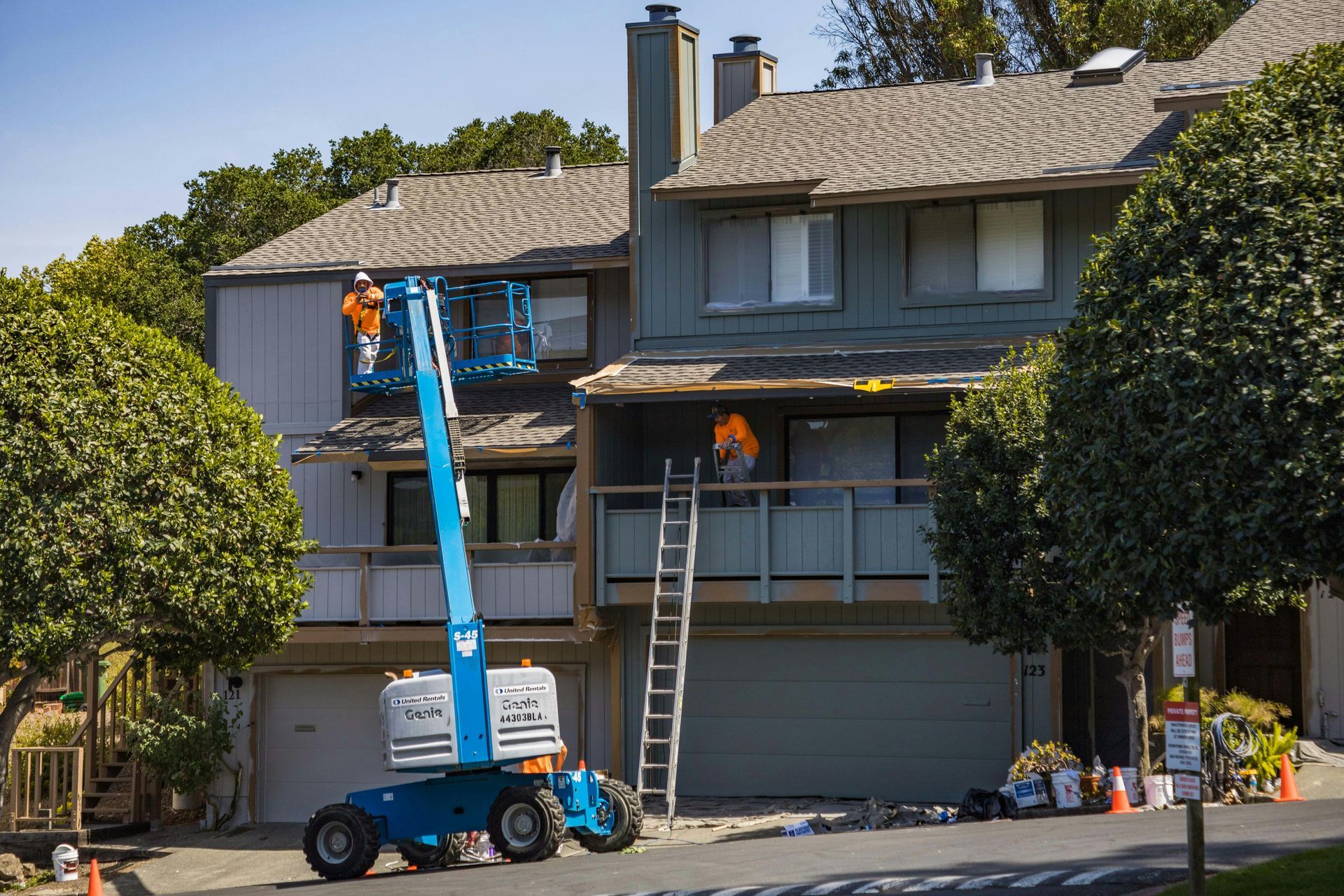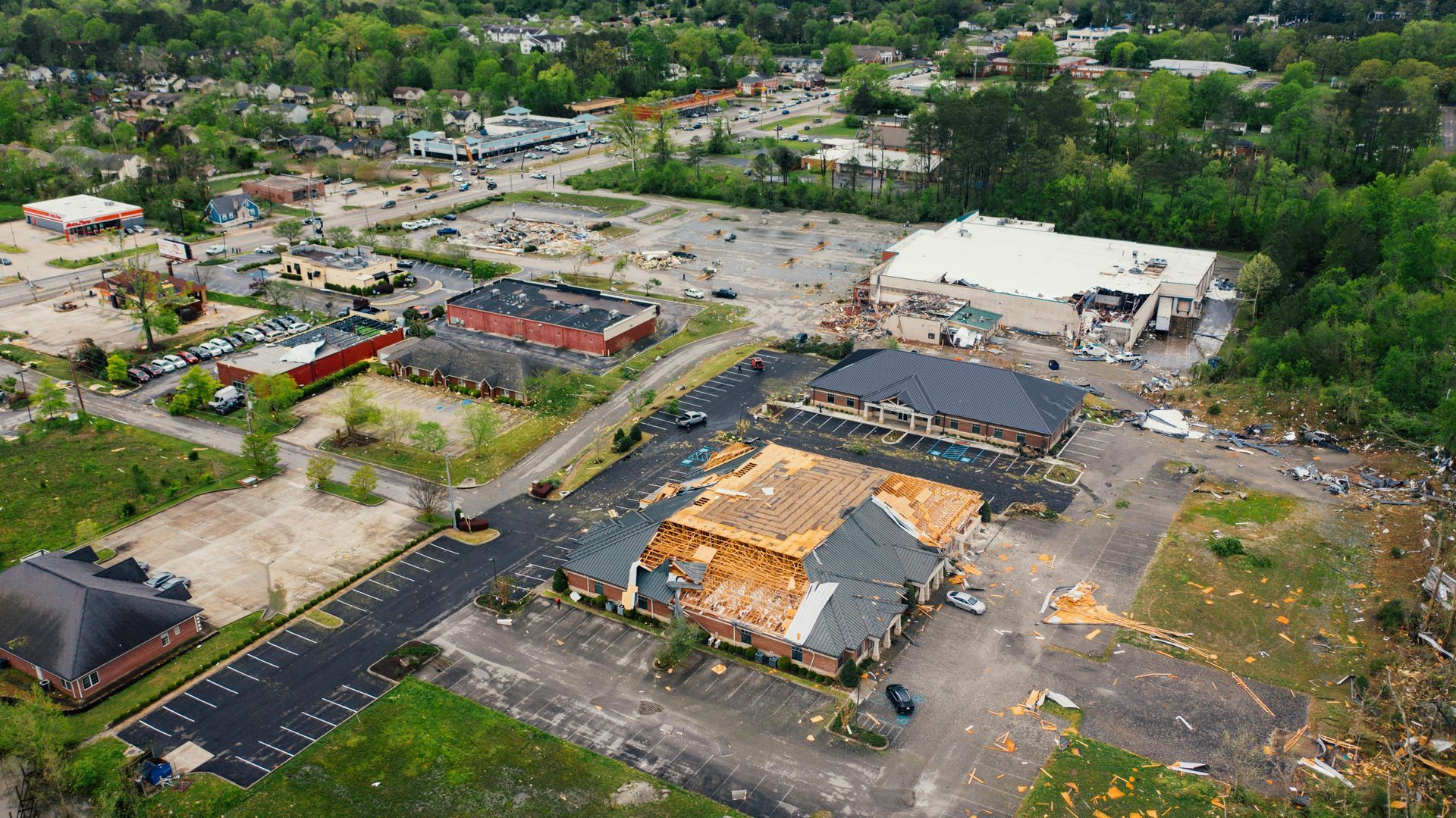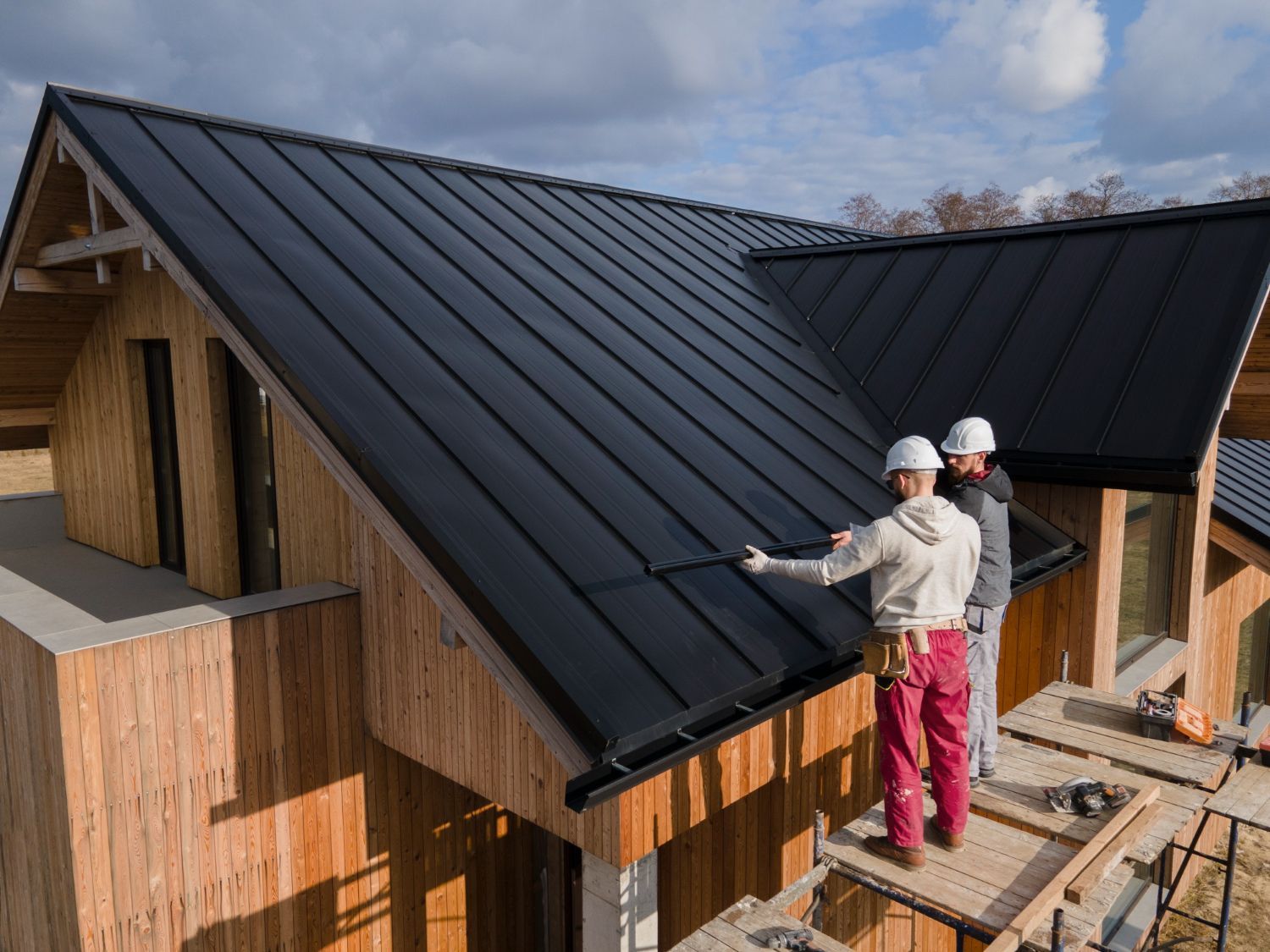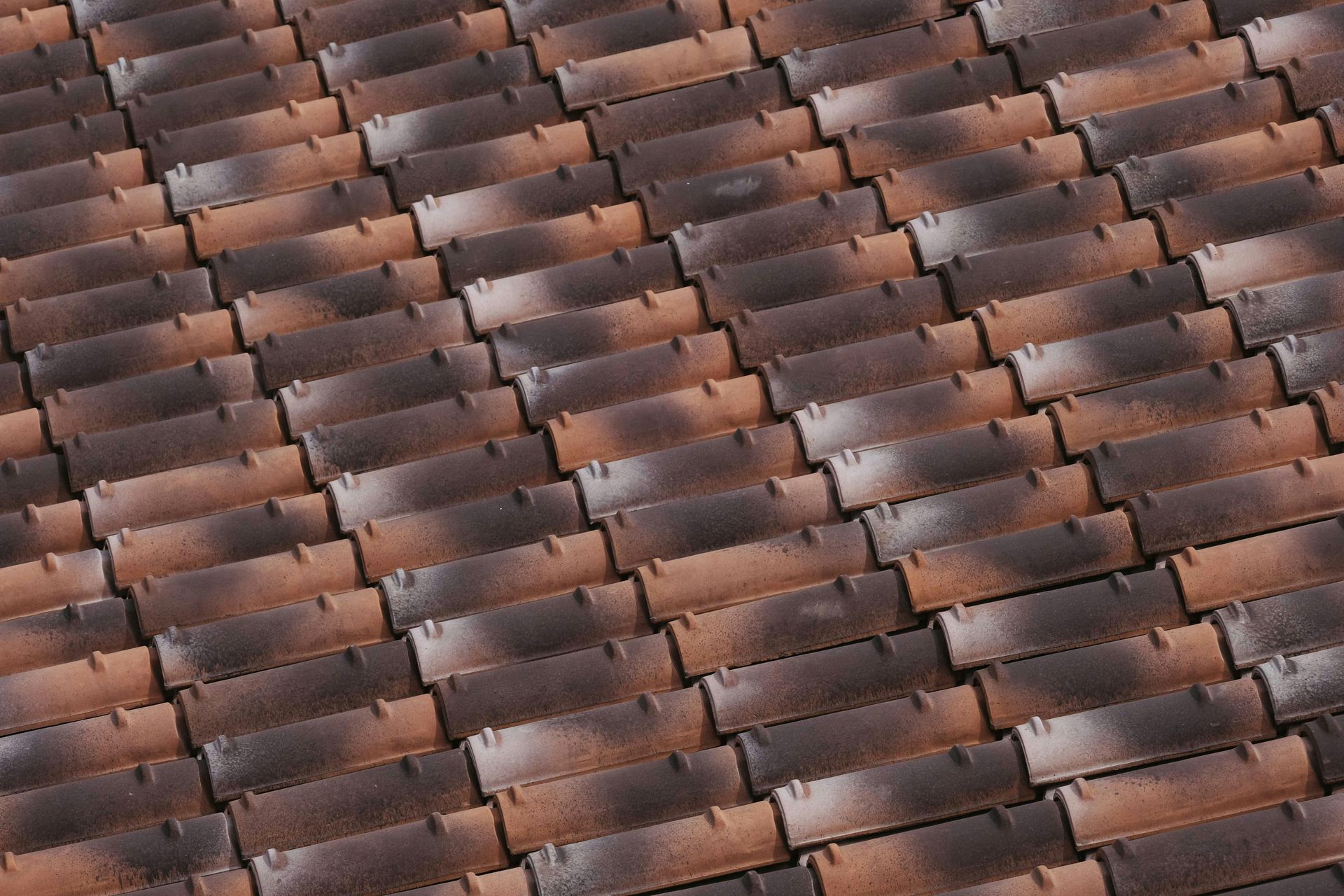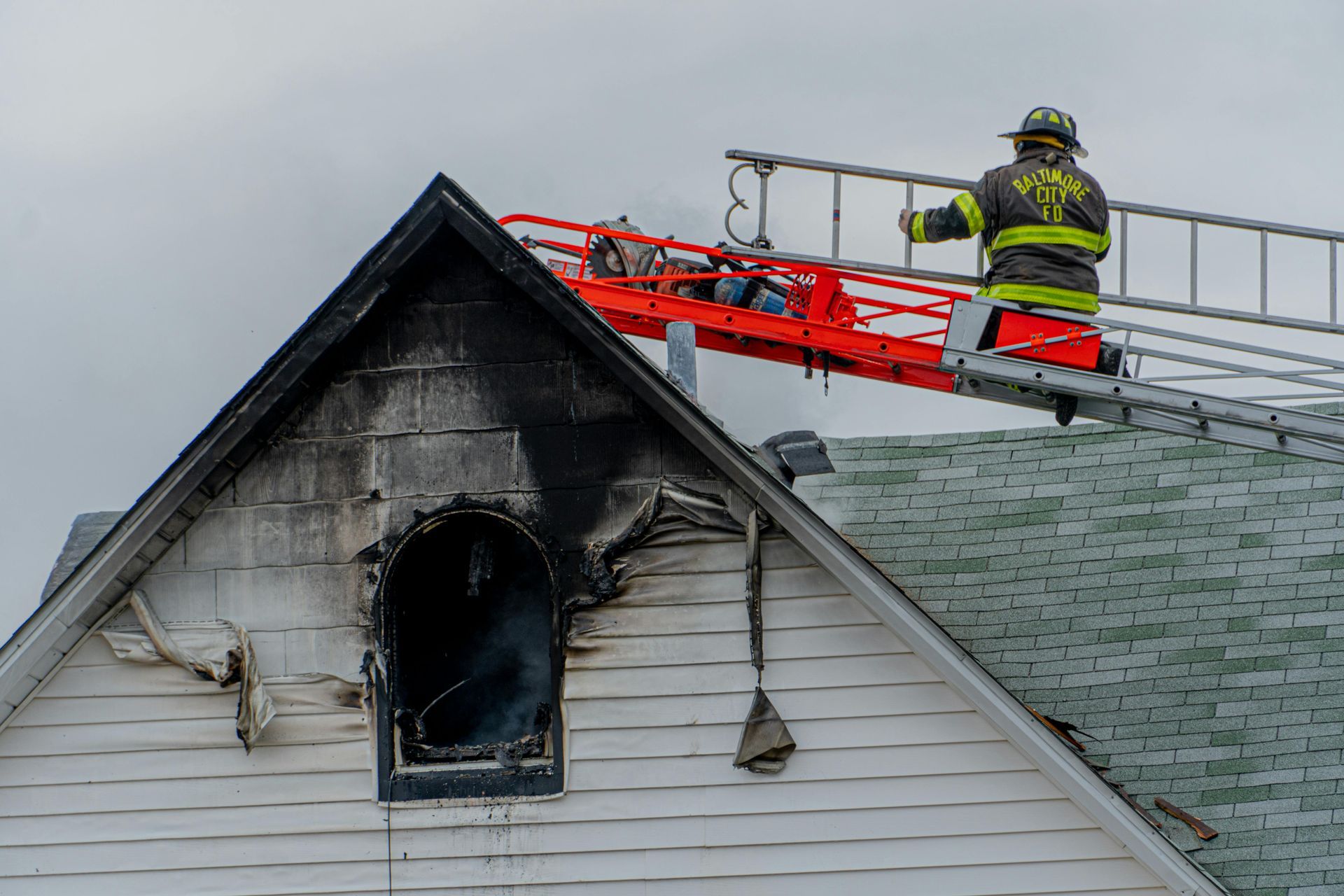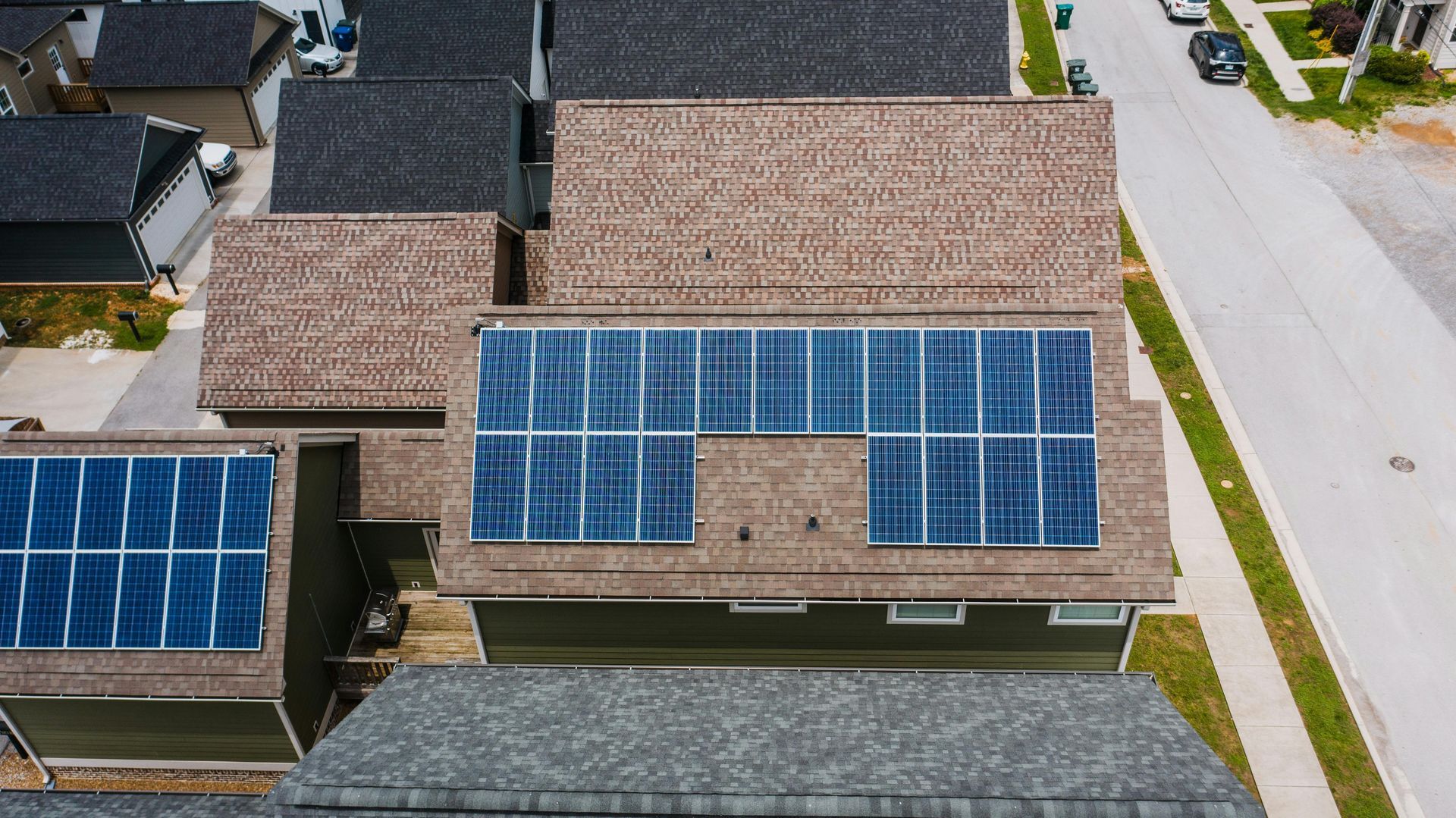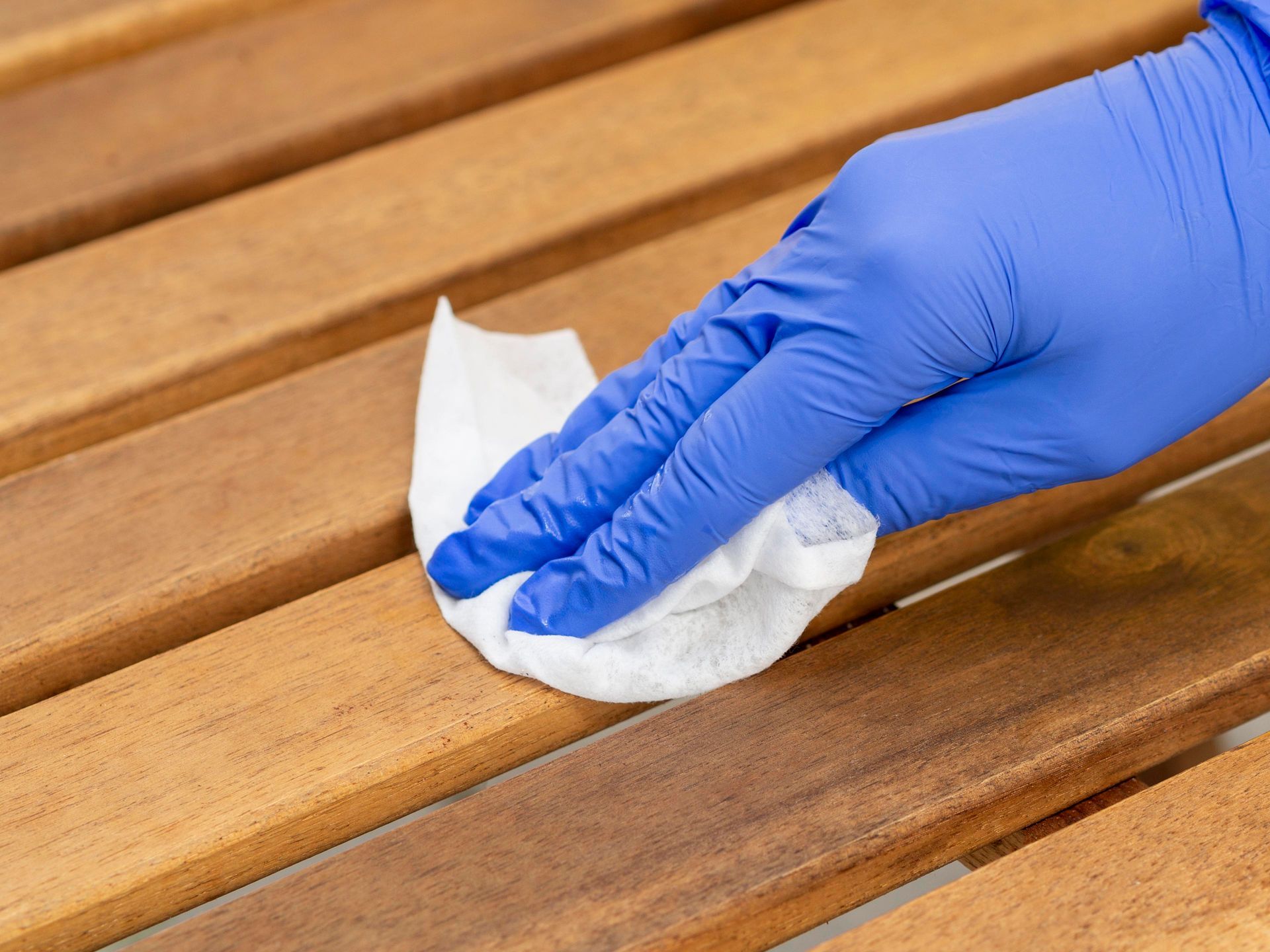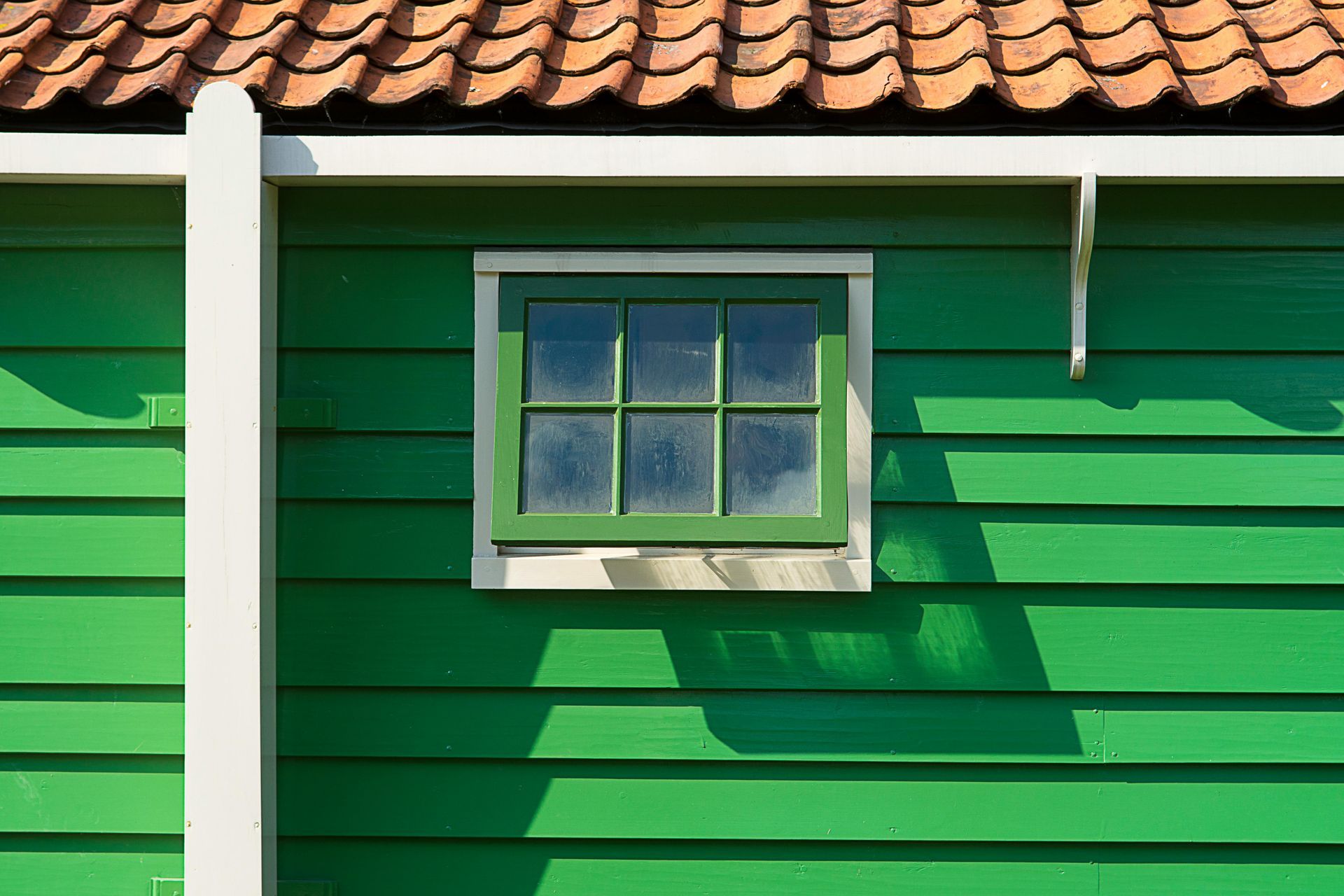How to Repair Vinyl Siding: Fix Cracks, Holes, and Loose Panels
How to Repair Vinyl Siding: A Homeowner’s Guide to Fixing Common Damage
Vinyl siding is known for being tough and low maintenance—but that doesn’t mean it’s immune to damage. A stray baseball, a strong windstorm, or even years of sun exposure can leave you with cracked panels, warped edges, or siding that just doesn’t sit right anymore.
If you’ve spotted a damaged section and are wondering how to repair vinyl siding in Pickerington without replacing the whole exterior, the good news is—it’s often simpler than it seems. With a few tools and the right approach, many siding issues can be handled quickly, or at least stabilized until a professional can step in.
Why Vinyl Siding Gets Damaged
Even though vinyl is made to last, a few common problems can cause it to crack, bend, or come loose:
- Weather-related wear like hail, high winds, or heavy snow
- Sun exposure, which can lead to fading or warping over time
- Everyday accidents, like a lawnmower flinging stones or a kid’s baseball hitting the wall
- Improper installation, which makes panels more likely to shift or pull away from the home
Most homeowners first notice something’s off when they see visible cracks or gaps—or hear a panel rattling on a windy day. If that’s the case, it’s time to take a closer look and figure out what needs fixing.
Can You Repair It, or Does It Need Replaced?
This is a question we hear often: “Can I just fix the broken part, or does the whole thing need redone?”
If the damage is limited to one or two panels, and everything underneath is still in good shape, you’re probably in the clear for a quick repair. On the other hand, if the siding is old, brittle, or the damage is more widespread (especially if there’s water behind it), full replacement might be the better route.
In short, knowing how to repair vinyl siding is great—but knowing when to stop and bring in a pro is just as important.
Tools You’ll Need to Fix Vinyl Siding
Before you get started, gather the essentials:
- A
zip tool (used to unlock siding panels)
- Matching replacement siding
- A
utility knife
- Siding nails or screws
- A
hammer or cordless drill
- Some
exterior-grade caulk for sealing gaps
Having the right tools handy will make your life much easier—and reduce the risk of damaging the surrounding panels during the fix.
How to Repair Vinyl Siding: Step-by-Step
1. Spot the Damage
Start with a visual walk-around. Look for cracks, holes, or loose sections. Press gently to check if anything feels soft or unstable behind the siding—this could point to moisture issues that need more than a surface fix.
2. Pop Off the Damaged Panel
Grab your zip tool and slide it under the bottom lip of the panel above the one you’re replacing. You’ll feel it catch—gently wiggle it to unhook the piece. Once it’s free, pull any nails or screws holding the damaged panel in place.
3. Trim the New Panel
Measure your old panel and cut your new one to match, leaving a little space at the ends (about ¼ inch) to allow for seasonal expansion. That flexibility keeps the panel from buckling later.
4. Slide in the New Section
Fit the new piece into place, locking the bottom into the panel below it. Use nails or screws to secure it—but don’t over-tighten. Vinyl needs room to flex, especially during temperature swings.
5. Snap Everything Back Together
Once the new panel’s in place, reattach the upper panel with your zip tool. Run your hand over the area to make sure everything’s flush and secure.
Knowing how to repair vinyl siding this way can help you fix small issues before they turn into bigger, costlier problems down the road.
What About Quick Fixes?
If you’re short on time—or waiting for a contractor—there are a few ways to temporarily patch things up:
- Vinyl patch kits can cover small cracks or punctures
- Exterior caulk works well to seal narrow gaps and keep out moisture
- Paintable fillers can help smooth out minor cosmetic damage
Keep in mind, these are short-term solutions. For lasting protection (and curb appeal), a proper panel replacement is the better choice.
DIY vs. Hiring a Pro
Replacing a single panel isn’t too difficult if you’re comfortable using hand tools and ladders. But there are a few situations where calling a pro makes sense:
- You can’t find a good color match
- There’s damage beneath the surface
- The problem spans multiple sections
- You just want it done right the first time
At Price Brothers Restoration, we handle siding repairs across the Columbus area with attention to detail and long-term durability in mind. If you're unsure how to repair vinyl siding safely—or if you're dealing with older or hard-to-match siding—we can help.
Tips to Prevent Future Siding Issues
A few small habits can help your siding stay in great shape year after year:
- Trim back trees or shrubs that brush against your home
- Keep sports equipment and lawn tools away from the siding
- Clear gutters regularly to prevent overflow
- Check your siding each spring and fall for any signs of wear
Routine upkeep doesn’t take much time, but it can save you from surprise repairs later on.
Let
Price Brothers Handle Your Vinyl Siding Repairs
If your siding is showing signs of wear—or you just want the peace of mind that comes with a professional job—Price Brothers Restoration Services is here to help.
We’ve worked on homes throughout Central Ohio and know how to repair vinyl siding the right way. From matching colors to securing panels and checking for hidden issues, we’ve got the experience (and materials) to restore your exterior without the guesswork.
Contact us today for a quick estimate or to schedule a repair visit.
FAQs
Q: Can you replace just one piece of vinyl siding?
Yes—individual panels can be swapped out as long as the surrounding siding is in good condition. You’ll need a zip tool and a matching replacement panel.
Q: Is siding repair something I can do myself?
For small repairs, yes. It’s fairly straightforward with the right tools. But if there’s moisture behind the siding or multiple damaged spots, it’s smart to bring in a pro.
Q: What if I can’t find the exact color match?
That’s a common issue. If your original siding is discontinued or faded, a professional can help find the closest match—or offer ideas to blend the area in.
Q: How long does a typical vinyl siding repair take?
Most repairs can be finished in under two hours. Of course, that depends on how much siding is involved and whether there’s any hidden damage underneath.
Q: What’s the cost to repair vinyl siding?
It varies based on damage size and material availability. Most small jobs for
repairing vinyl siding Pickerington fall between $150 and $600. For a more accurate number, get a local estimate.

